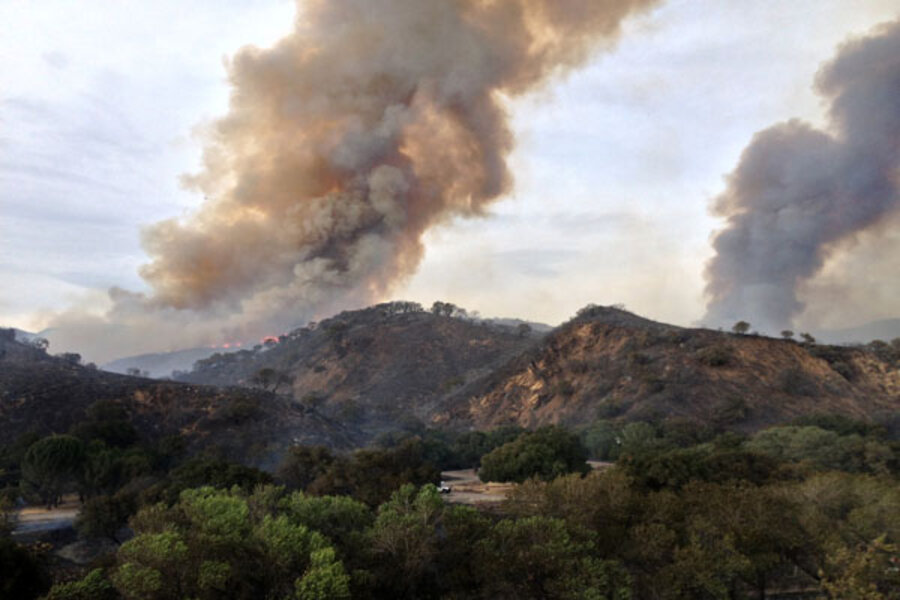Take simple steps to protect your home and family, starting with these.
•Create at least a three- to five-foot fire-free zone around your home and other structures.
•Remove all potential ignition sources such as pine needles, leaves, woodpiles, propane tanks, and so forth from within that zone.
•Clear gutters, eaves, and decks of leaves and debris.
•Remove all tree limbs overhanging your house and remove lower limbs that could allow a ground fire to climb to upper limbs.
•Remove dead material and keep trees and shrubs pruned and well spaced to slow an approaching wildfire.
•Choose less fire-prone deciduous trees rather than evergreens for planting near your home.
•Plant fire-resistant vegetation and keep lawns green and watered to serve as firebreaks. Rock gardens and xeriscapes serve the same purpose.
•Use nonflammable (Class A) roofing materials, and install glass skylights (not plastic ones).
•Use wide driveways and nonflammable walkways to slow or stop wildfire.







